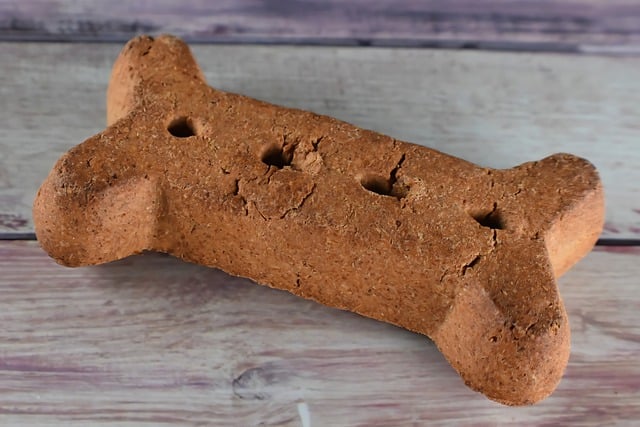It can be devastating for a pet owner when your dog declines food. What’s worse than when it’s one of their favorite meals you’ve prepared with love and care? Loss of appetite in dogs is natural. When these tough times kick in, you need to take immediate action to combat them.
This blog will provide you with various ideas on improving your dog’s appetite when it deteriorates, as well as other helpful details.
Table of Contents
Signs of Low Appetite in Dogs
How can you tell that your furry friend’s appetite has decreased? This is the first question to ask yourself, then improve it. There are plenty of symptoms that can help you rule out appetite loss in dogs, including:
They show little or no interest in food, especially their favorite ones. They often skip meals, eat less, or turn away from food when served. A sudden change in the stool could indicate the dog is not eating well.
Vomiting after eating is also a sign of low appetite in dogs. Besides, the animal may also show symptoms of low energy levels through less play or decreased motivation for general activities. Weight loss is often a long-term sign of appetite loss in dogs, resulting from delayed or no attention to the initial symptoms..
Why Doesn’t Your Dog Feed Well?
Having learned the signs, you can now understand some common reasons for dogs’ loss of appetite. There’s always a cause for this undesirable behavior, probably an underlying illness that hasn’t been addressed.
Another reason could be an impromptu change in the weather and environmental conditions. These furry friends may get stressed and anxious about these encounters, eating less. Expectant dogs tend to lose their liking for food at different stages of pregnancy due to hormonal changes.
Additionally, your dog may eat less than usual when in pain or discomfort. Introducing a new meal into their diet in large quantities can make them uninterested in the food. Lastly, it may not be pain or an underlying illness but an immediate vaccination or ongoing medication that causes it.
Get the Right Dog Food
You should first consider dog food when dealing with appetite issues. Are you offering the right food, quality, quantity, style, and frequency? These are the questions that should come into your mind, and finding answers will provide you with a practical solution.
Feeding your doggie goes beyond just putting the meal in their beloved dish and waiting for that tail to wiggle. There’s much to learn about dog diets from a vet, an experienced breeder, or online sources. Use recommended brands like Acana dog food to improve your pet’s appetite.
Develop a Feeding Schedule
Maybe your pet doesn’t want to eat because it has just eaten or it has been too long since its last meal. A feeding schedule will help the animal understand the timeline.
Adult dogs should take at least two meals daily, separated by 8 to 10 hours. The adjustments depend on the canine’s energy requirements, age, health, pickiness, and appetite.
Add Treats to Their Diet
Treats spice up the diet. Dogs can quickly lose their appetite when offered the same type of food continuously or on a diet of main meals only. As a result, you should occasionally provide them with a favorite treat to motivate them and bring change.

They are best consumed as ‘reinforcement,’ especially after training. Serving treats in excess can also reduce the appetite for other foods, but it is equally destructive.
Minimize Instances of Stress and Anxiety
As said earlier, stressful situations can reduce a dog’s appetite. Several examples include harsh training, extremely authoritative orders, unappreciative service, and a change of environment. You can eliminate risks by providing a calm and conducive home as a parent. Knowing they’re safe and loved, dogs will eat well.
Add Some Soup
Like humans, plain dog meals can get boring because there’s nothing to spice them up. A regular feed will taste better with a splash of broth on top or other toppings. Experts recommend grated cheese, treats, or low-sodium broth. To avoid stomach upsets and irritations, make sure the choice complements the primary serving.
Serve It Warm
Warming your dog’s food is a sign of love, not to mention that it is part of the vet’s recommendations. Dogs can quickly lose their appetite when eating cold food.
Warming the meal before serving brings out the aroma and flavor. Still, excessive heat can reduce the meal’s nutritional value and expose the dog to burn risk.
Enhancing your dog’s appetite is the key. Hopefully, these ideas will be beneficial as you strive to feed your dog well. However, it is extremely important to consult a veterinarian for a closer examination and support.




